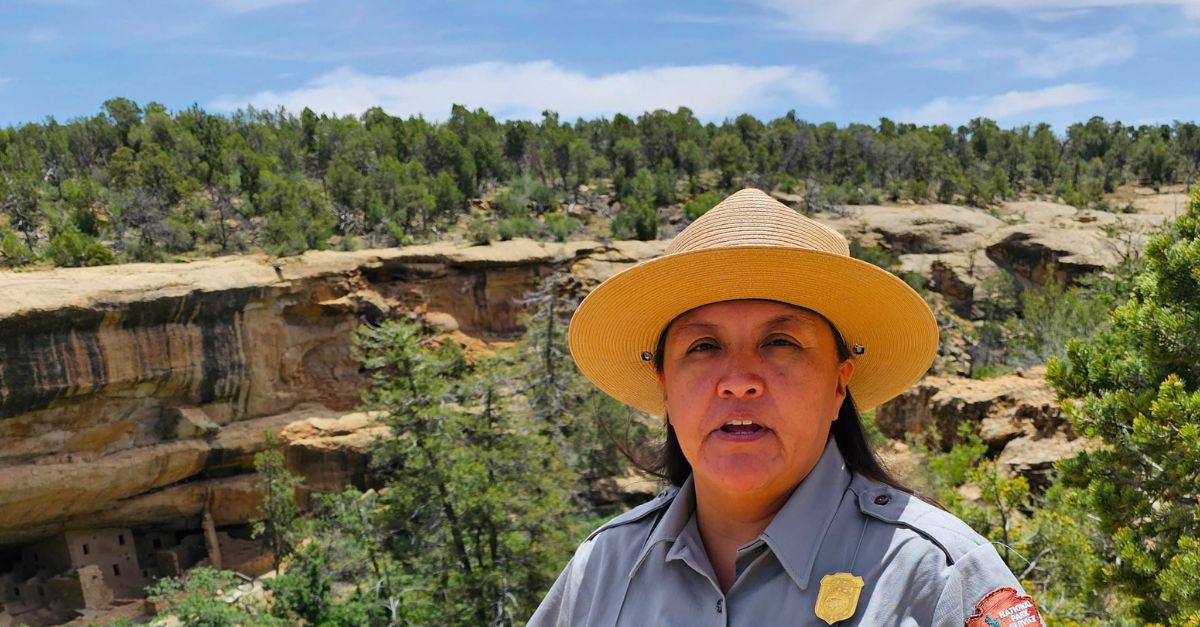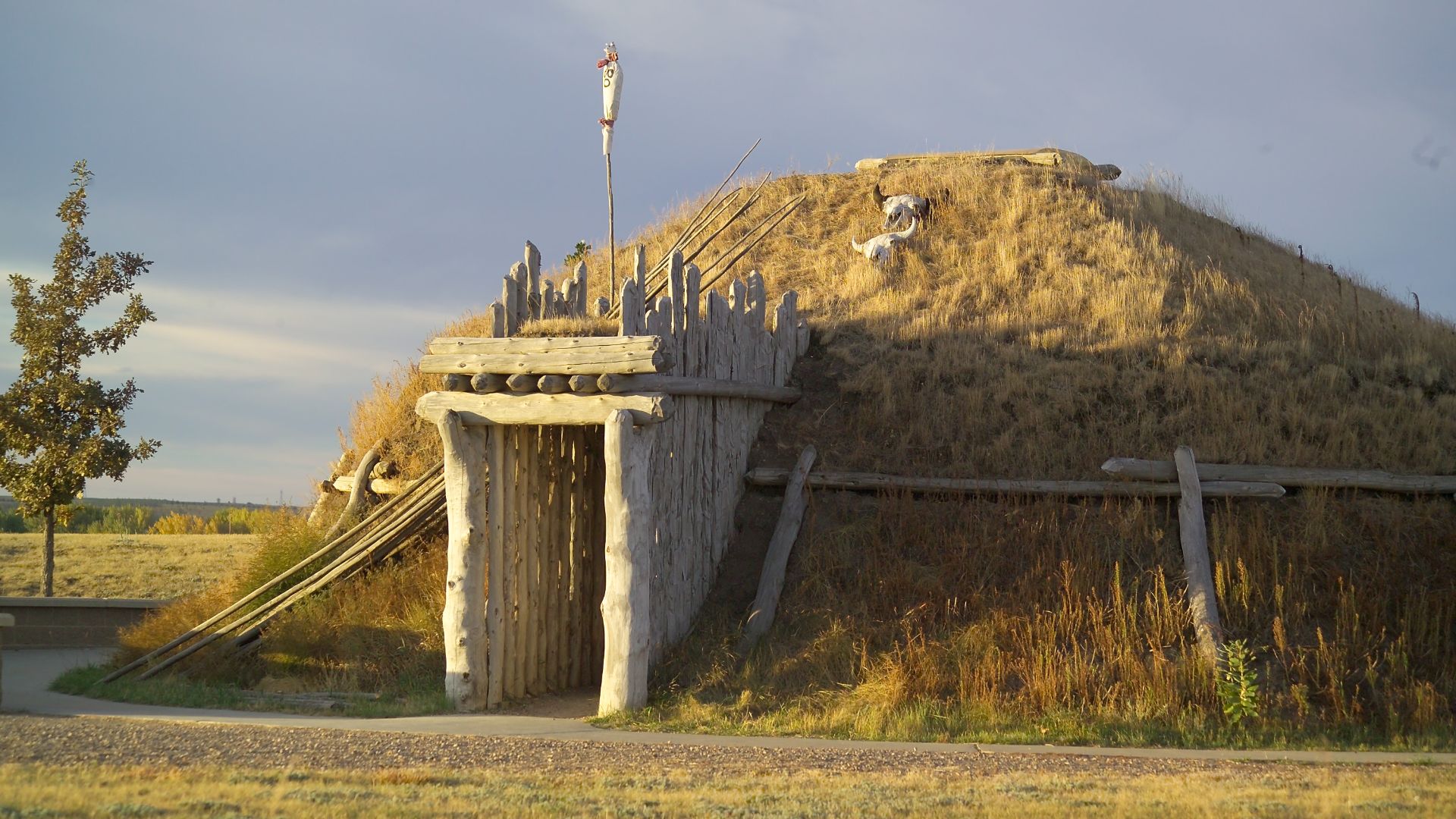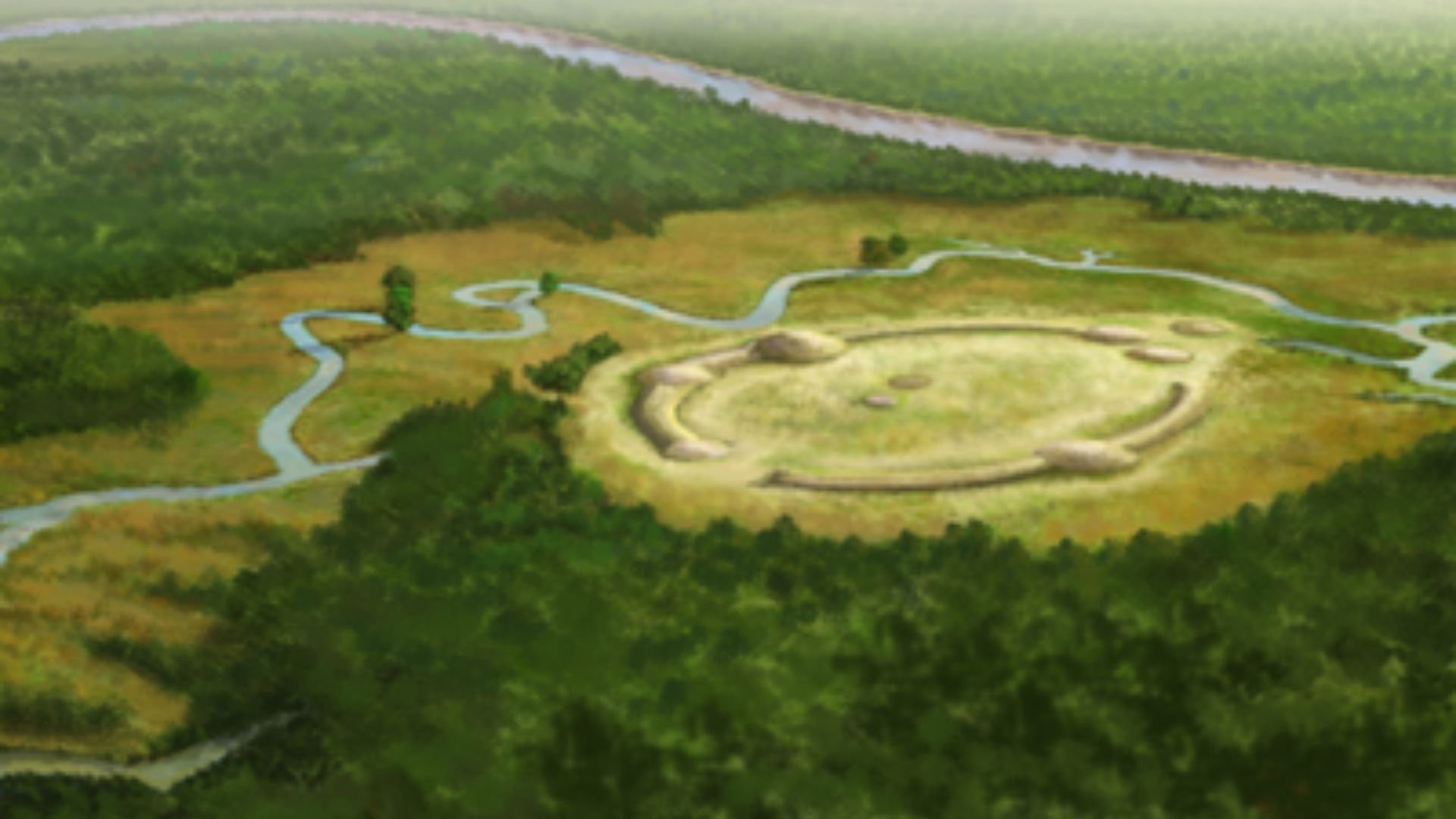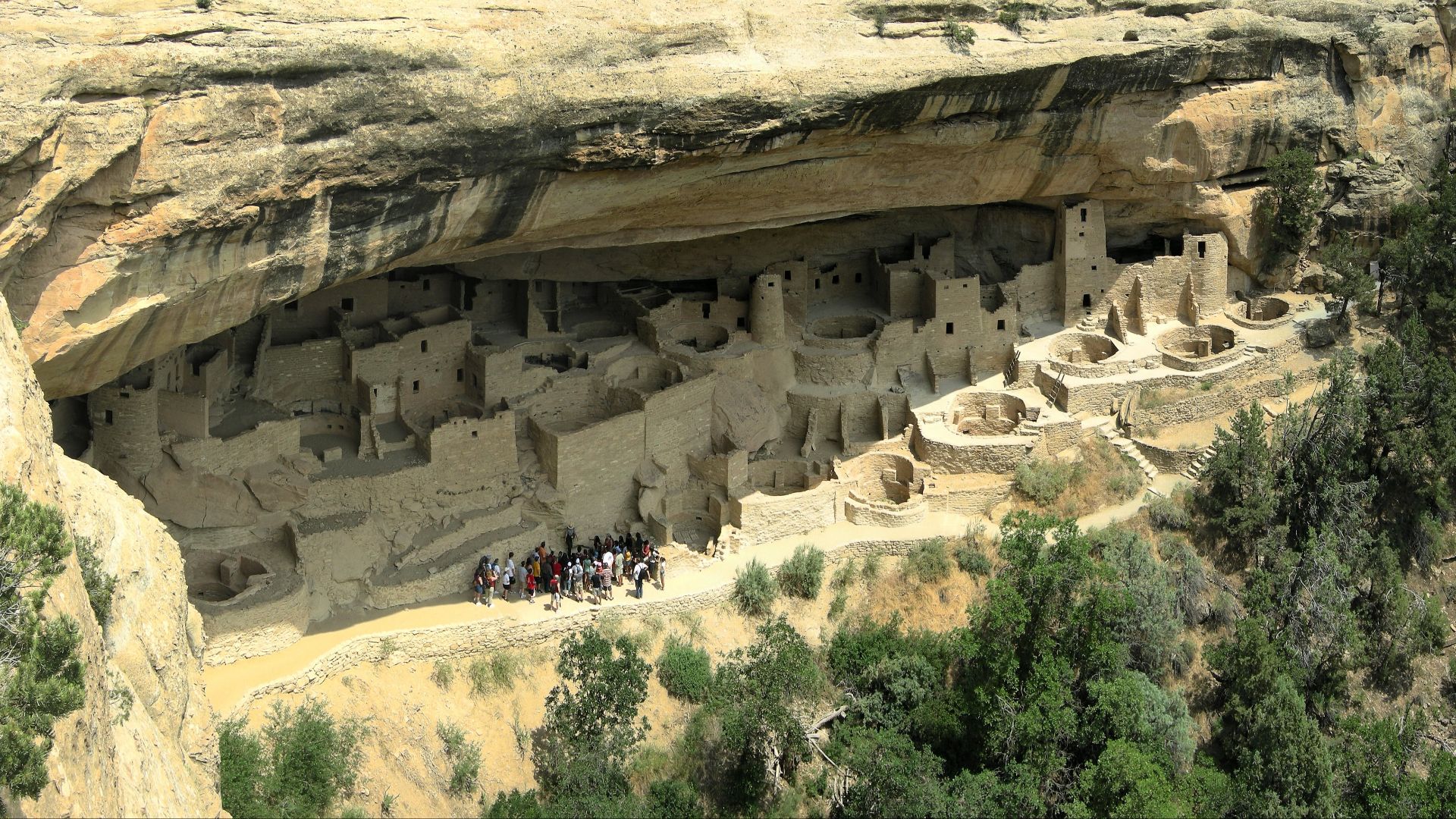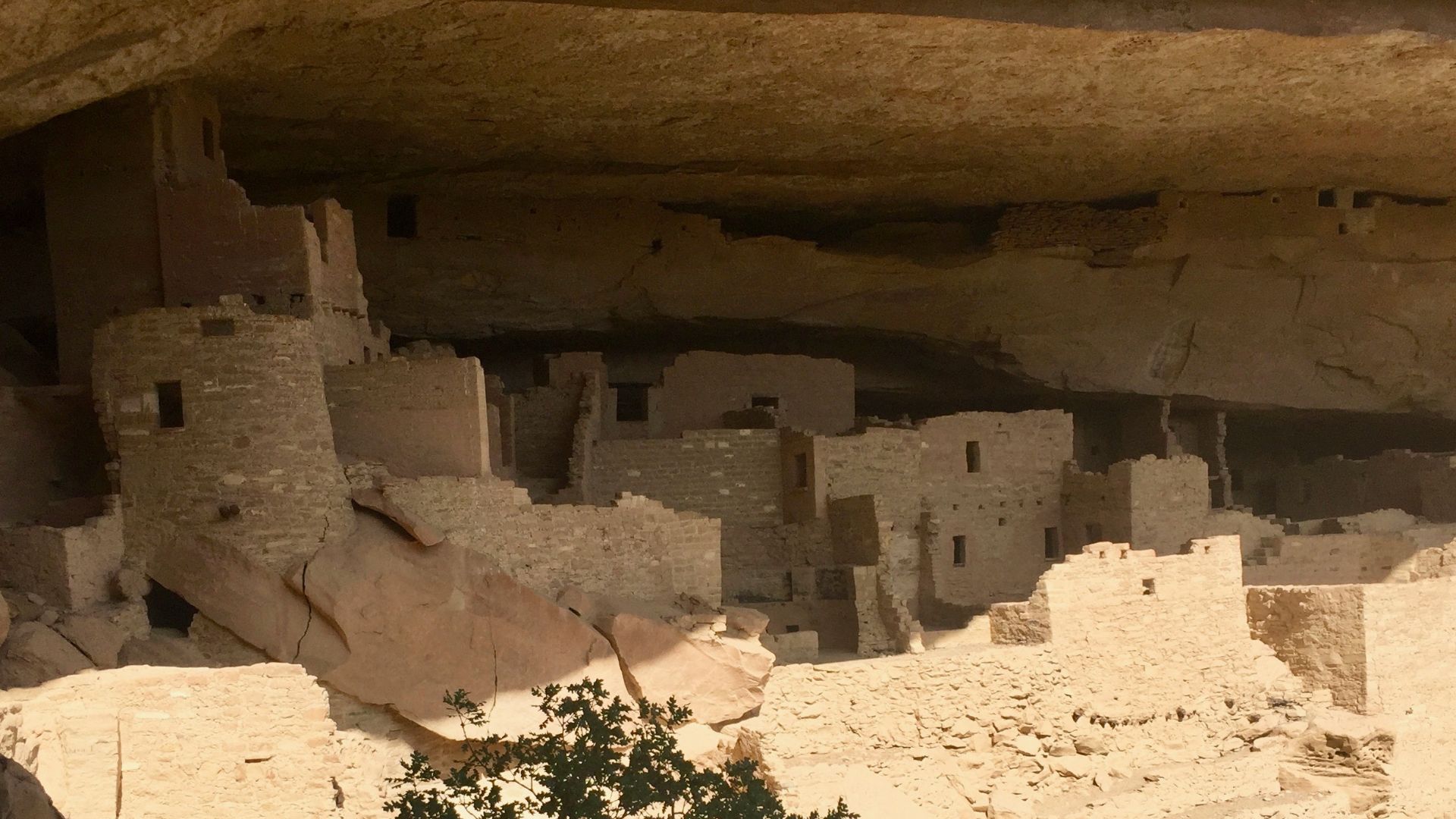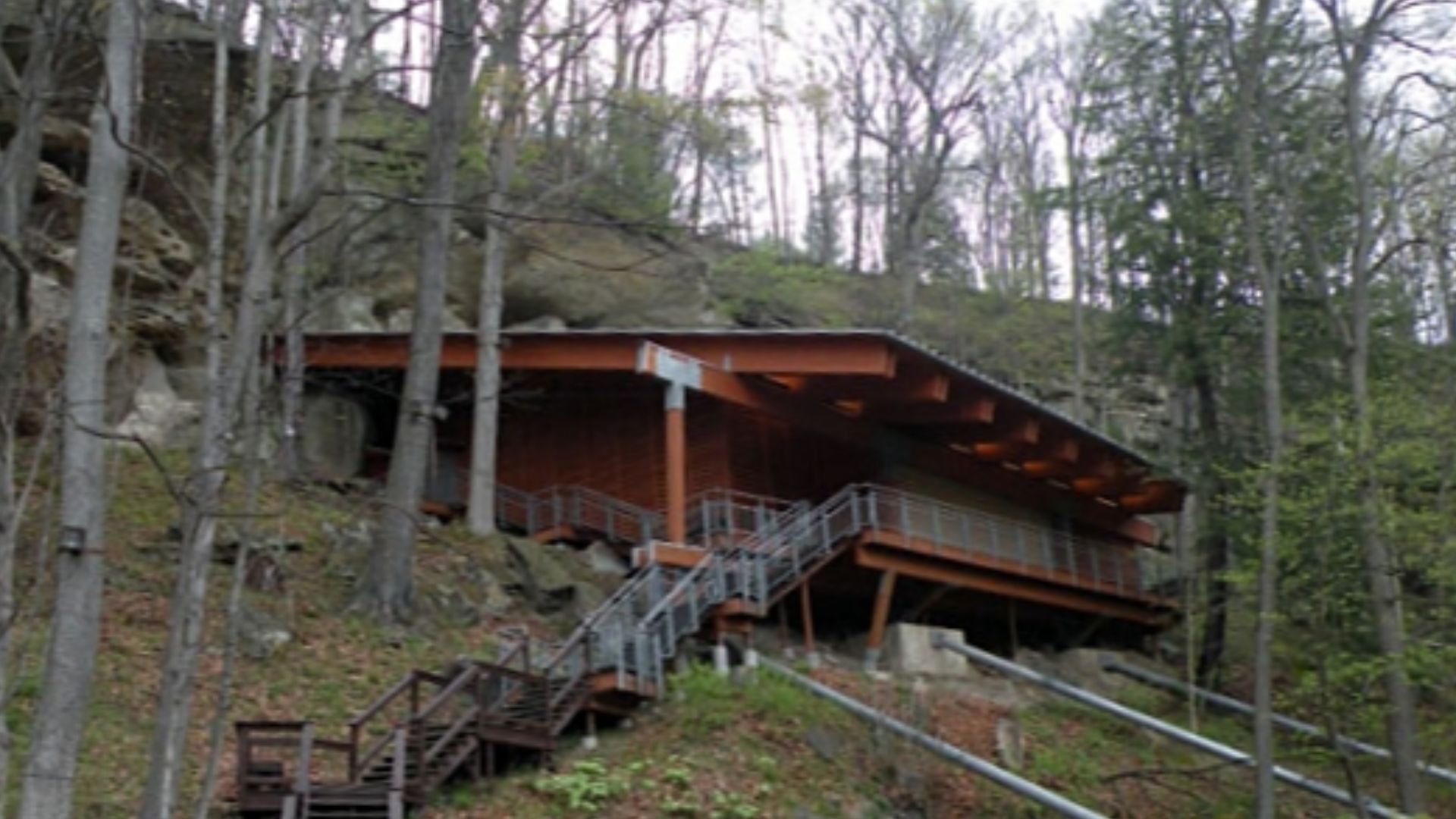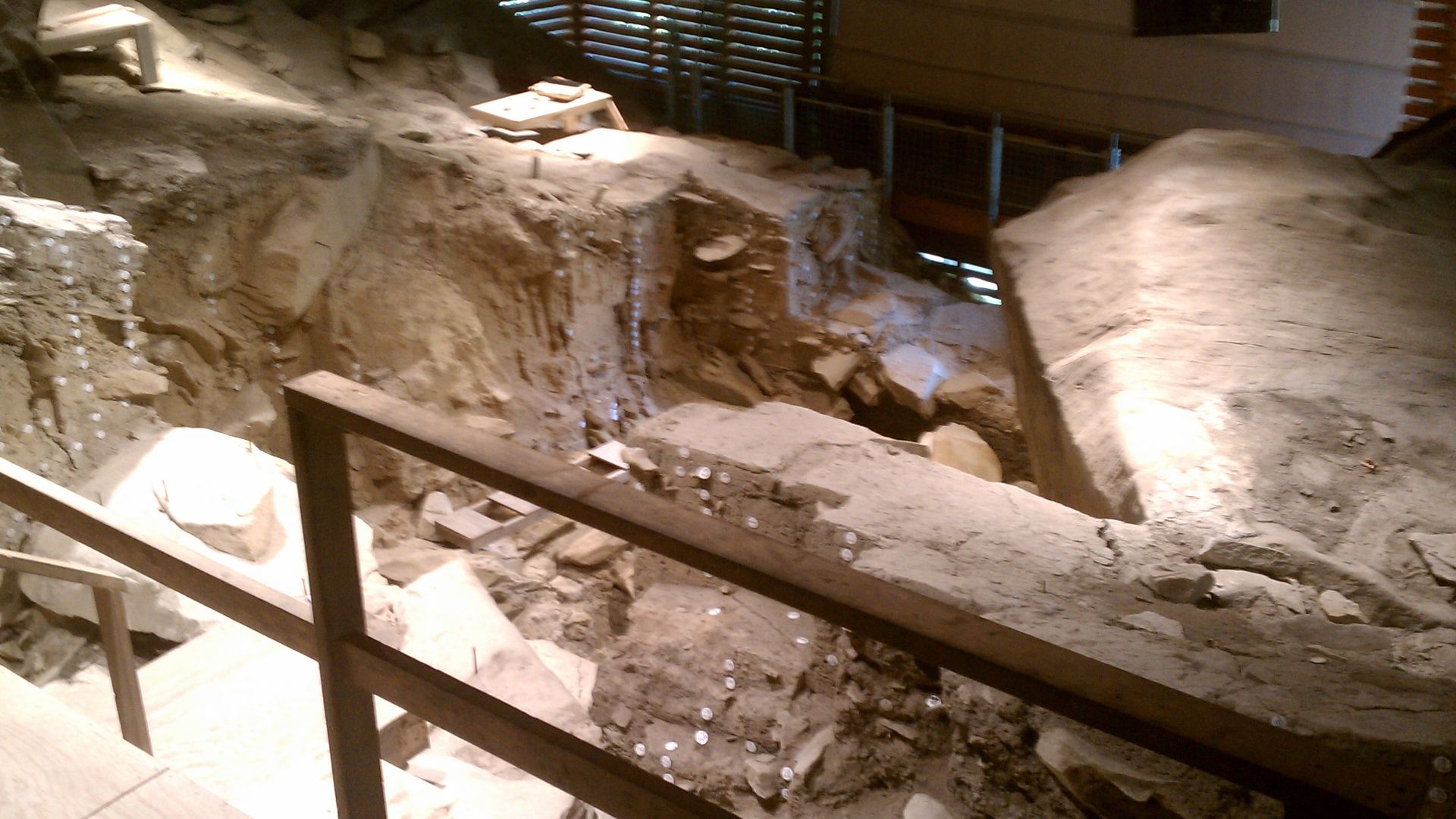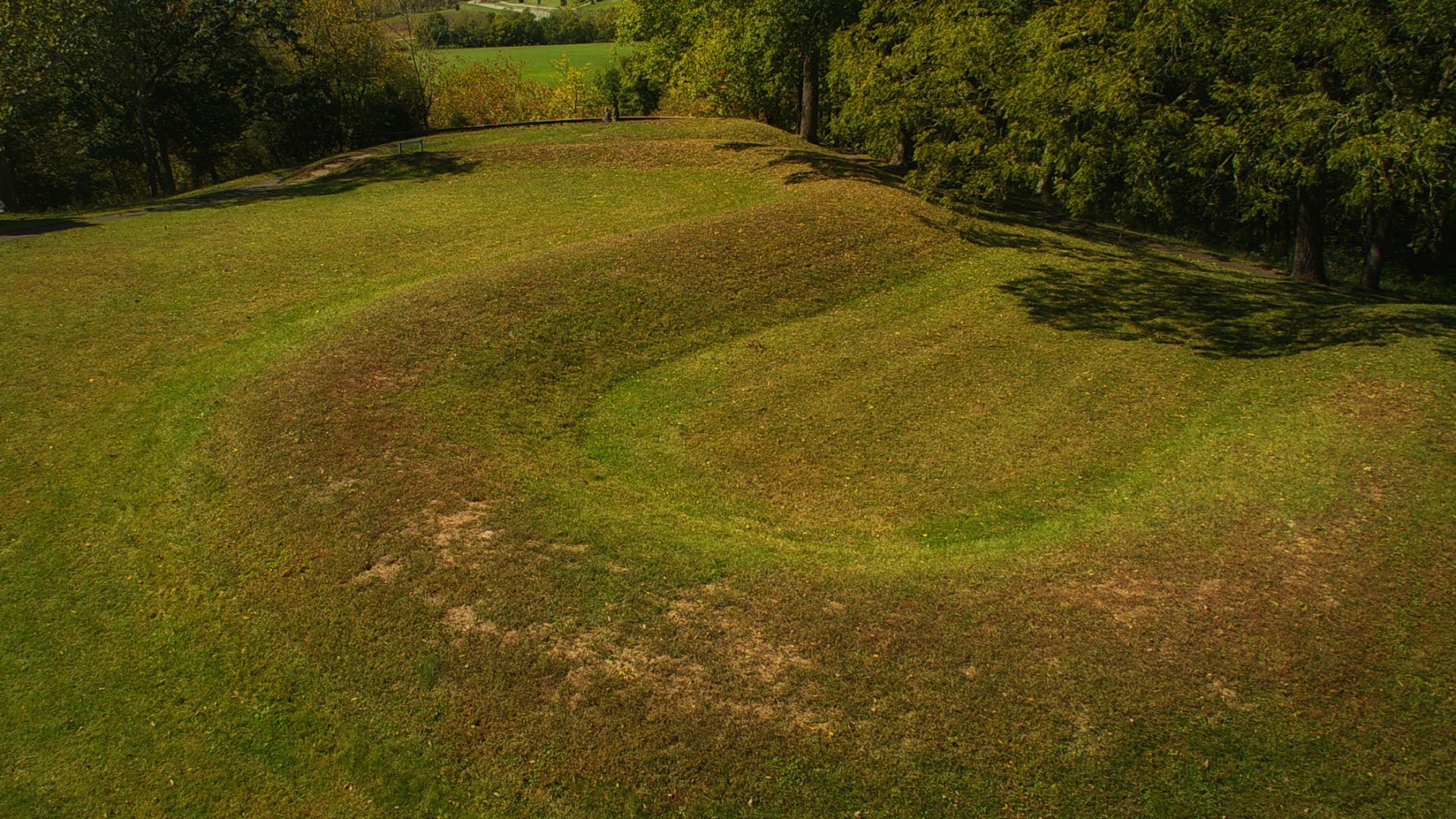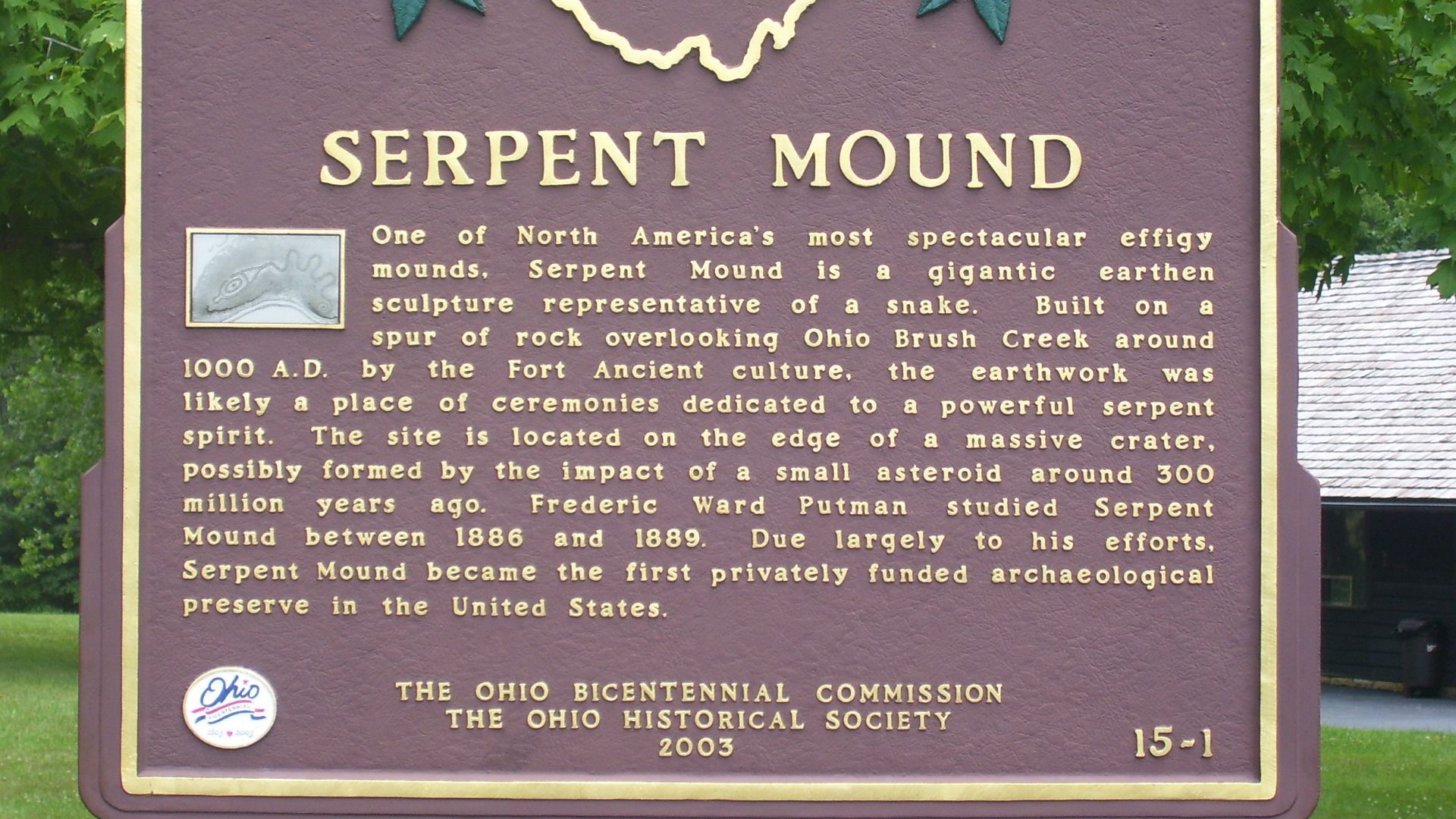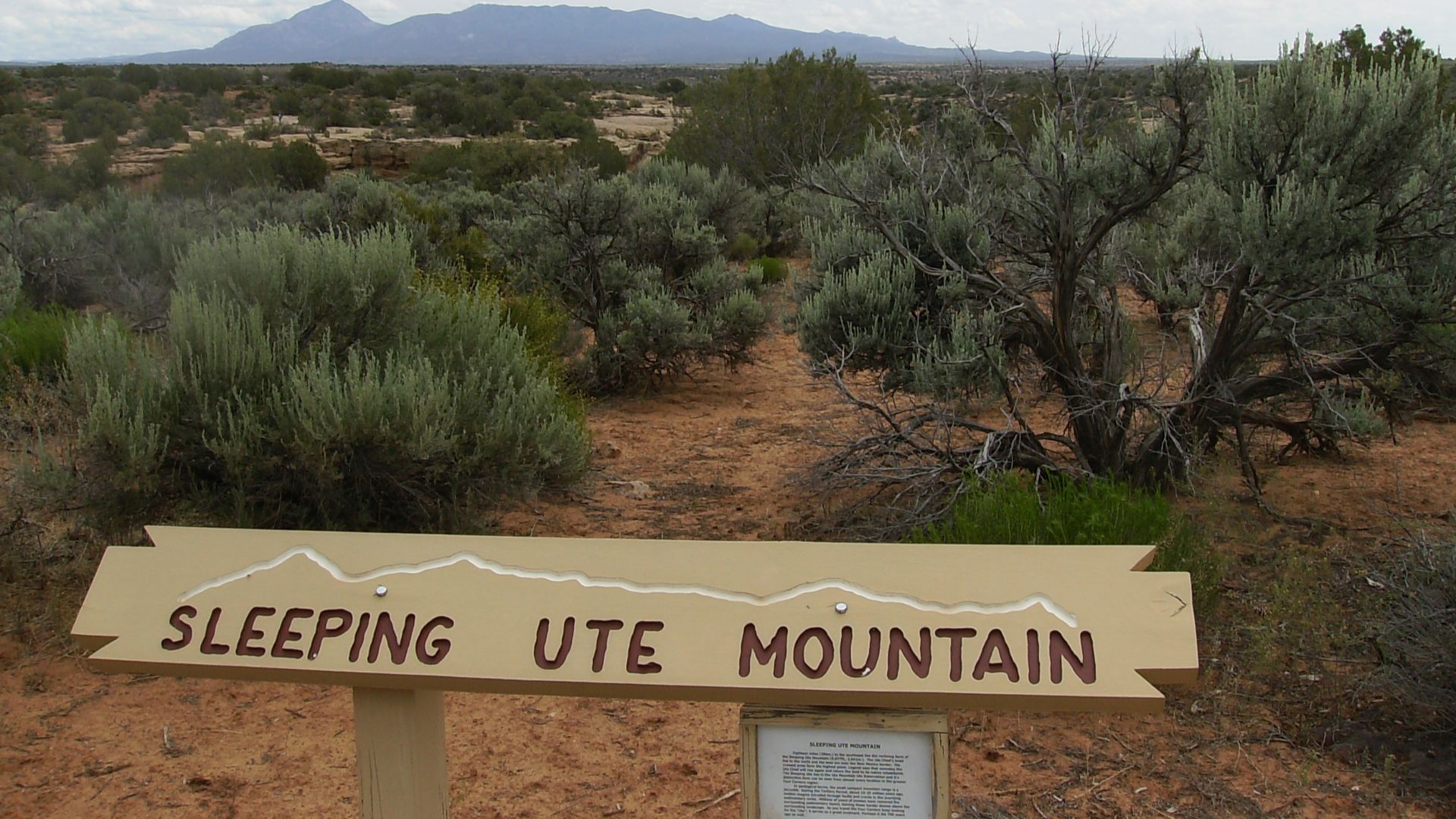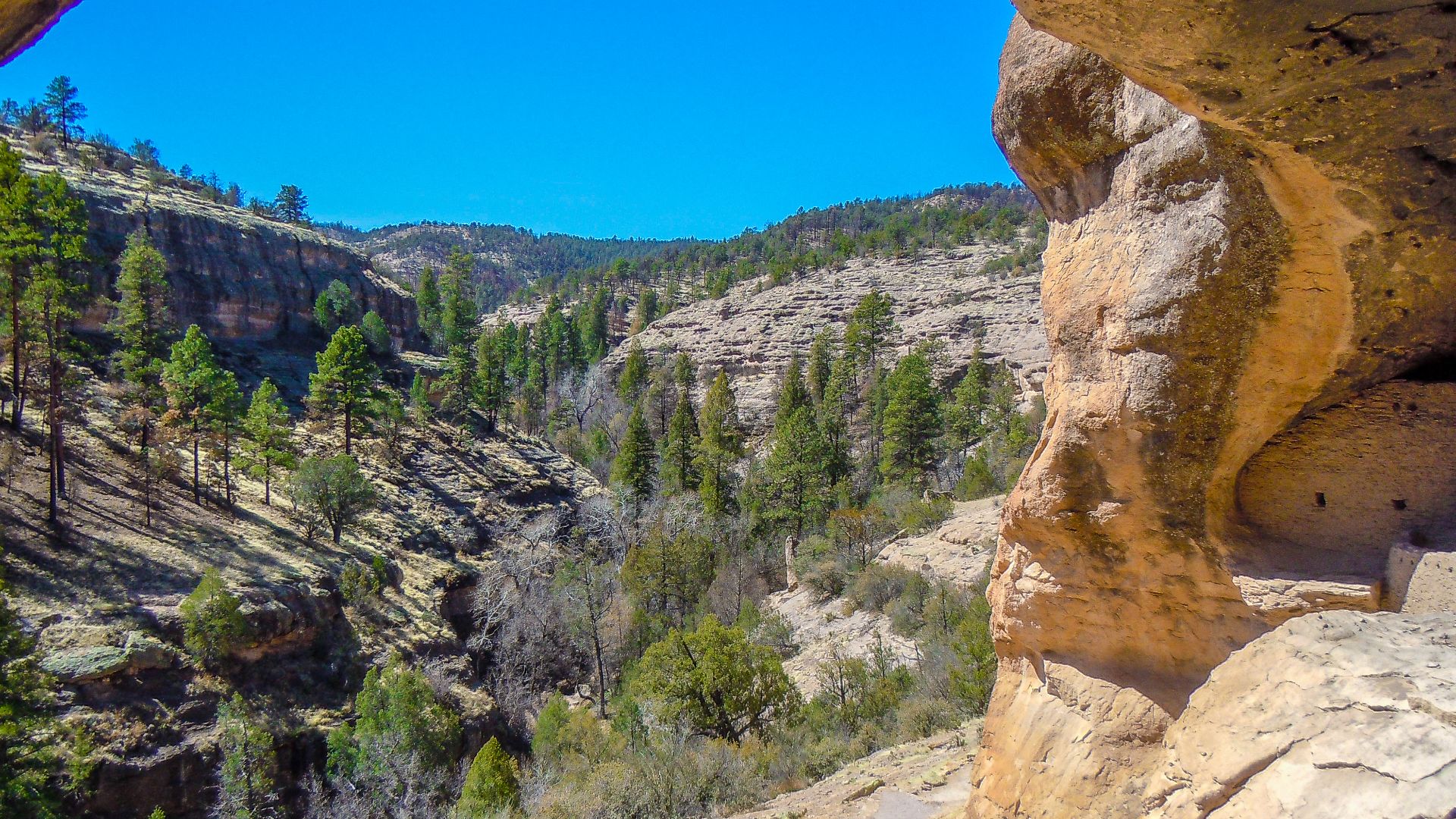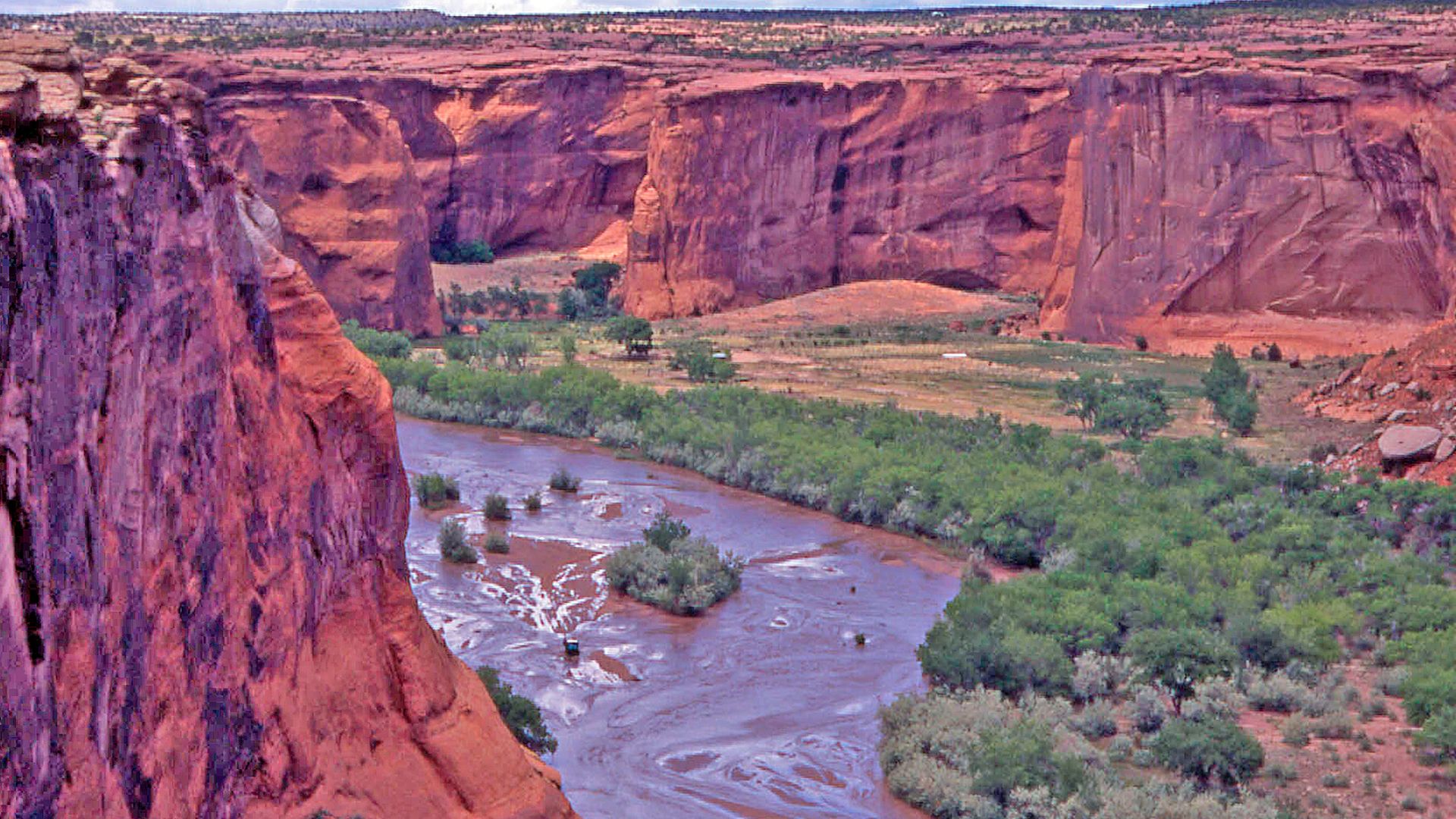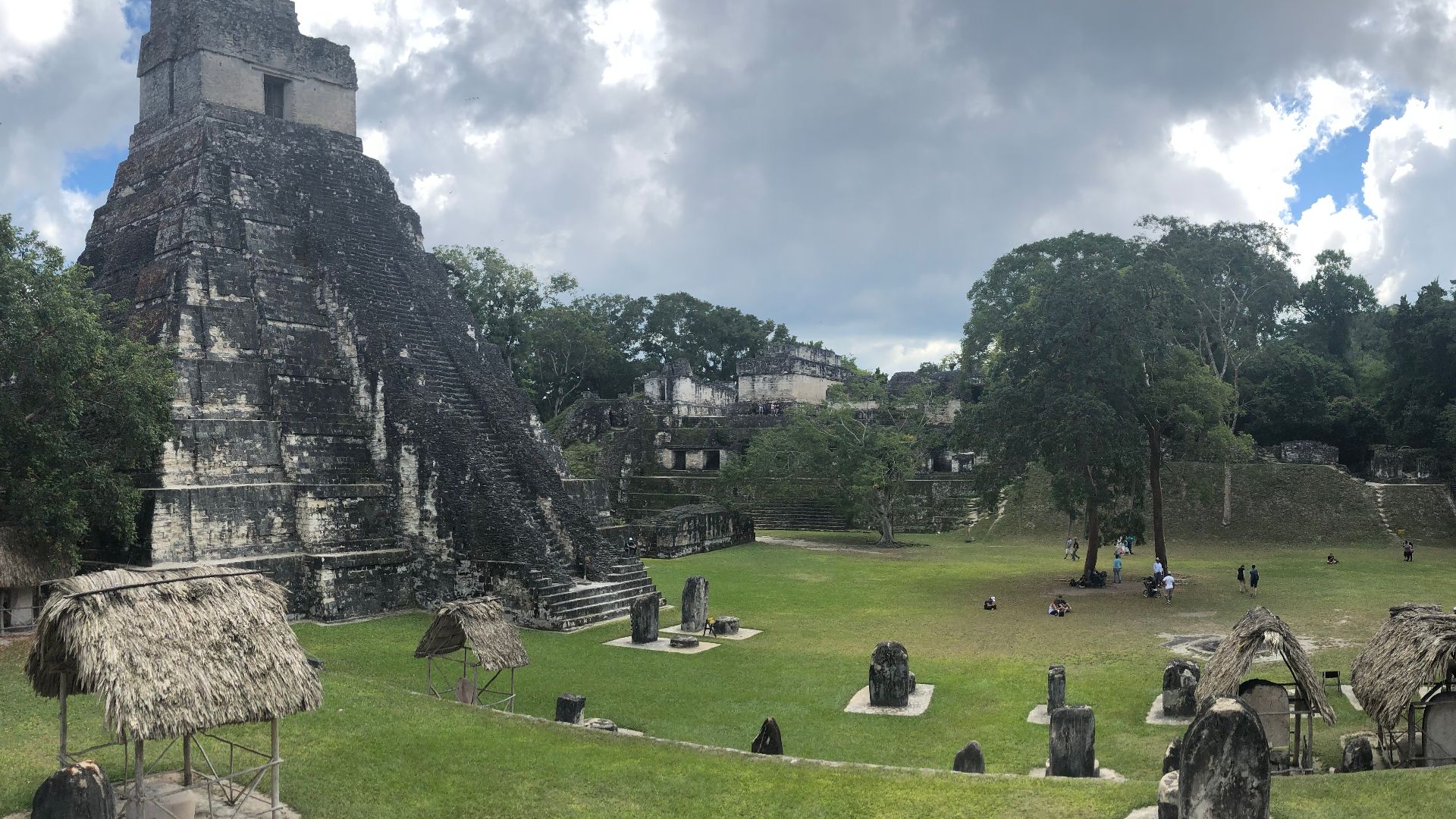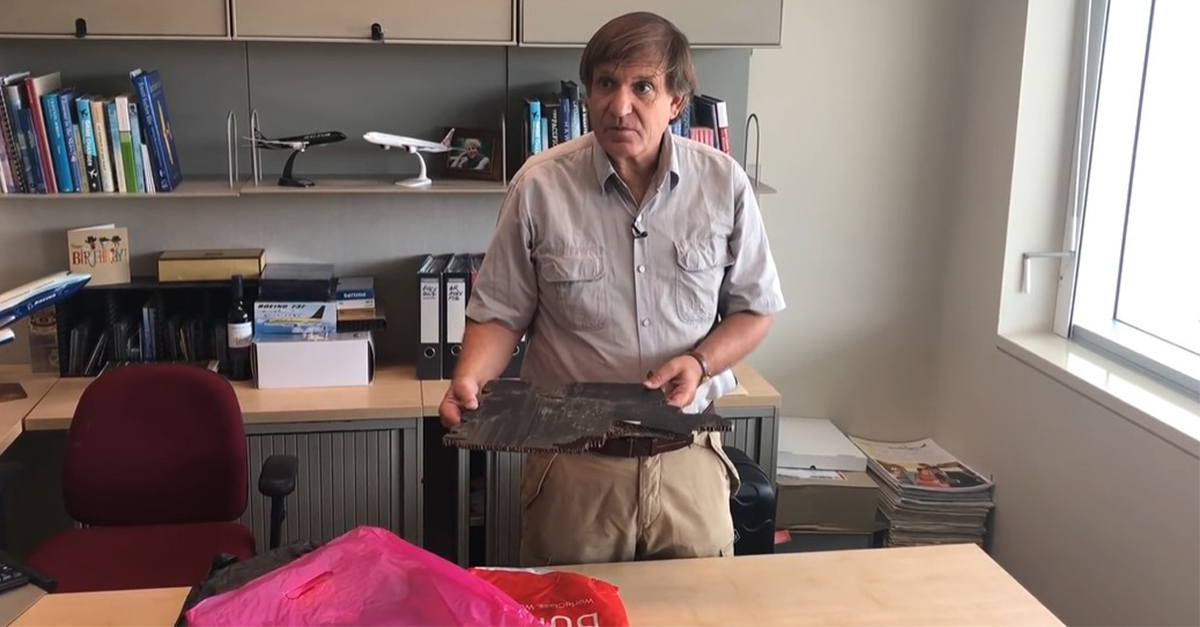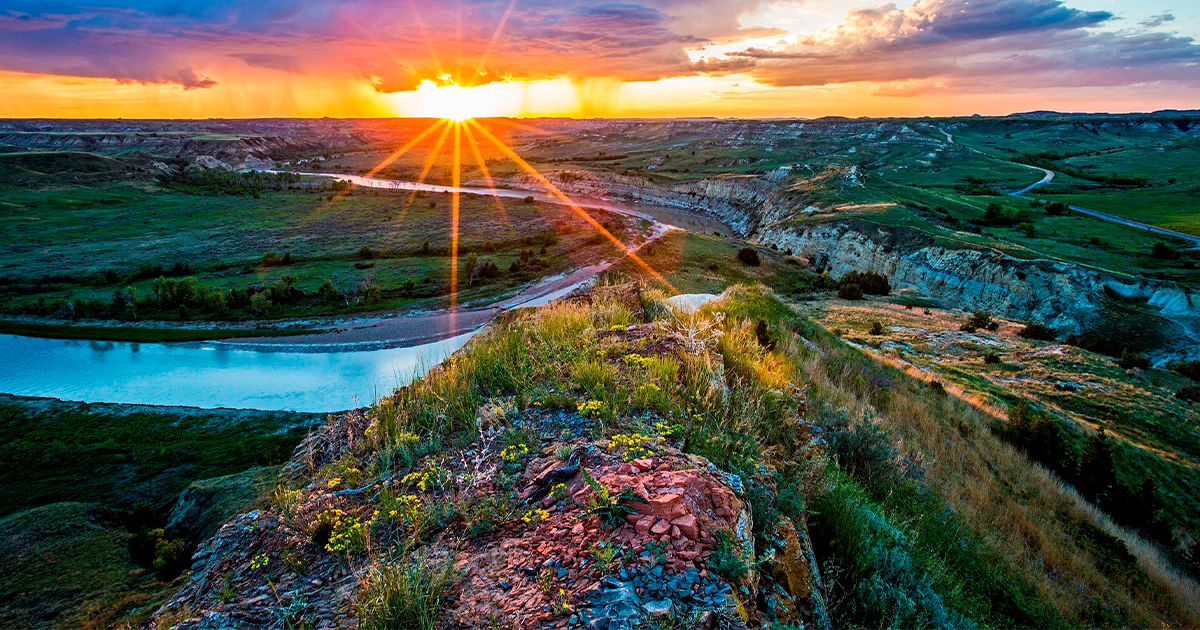Mounds And Mysteries
Silence fills these forgotten sites, but their presence is powerful. Structures carved from stone and earth hint at rituals, homes, and cities that existed centuries before anyone imagined. History hides in plain sight here.
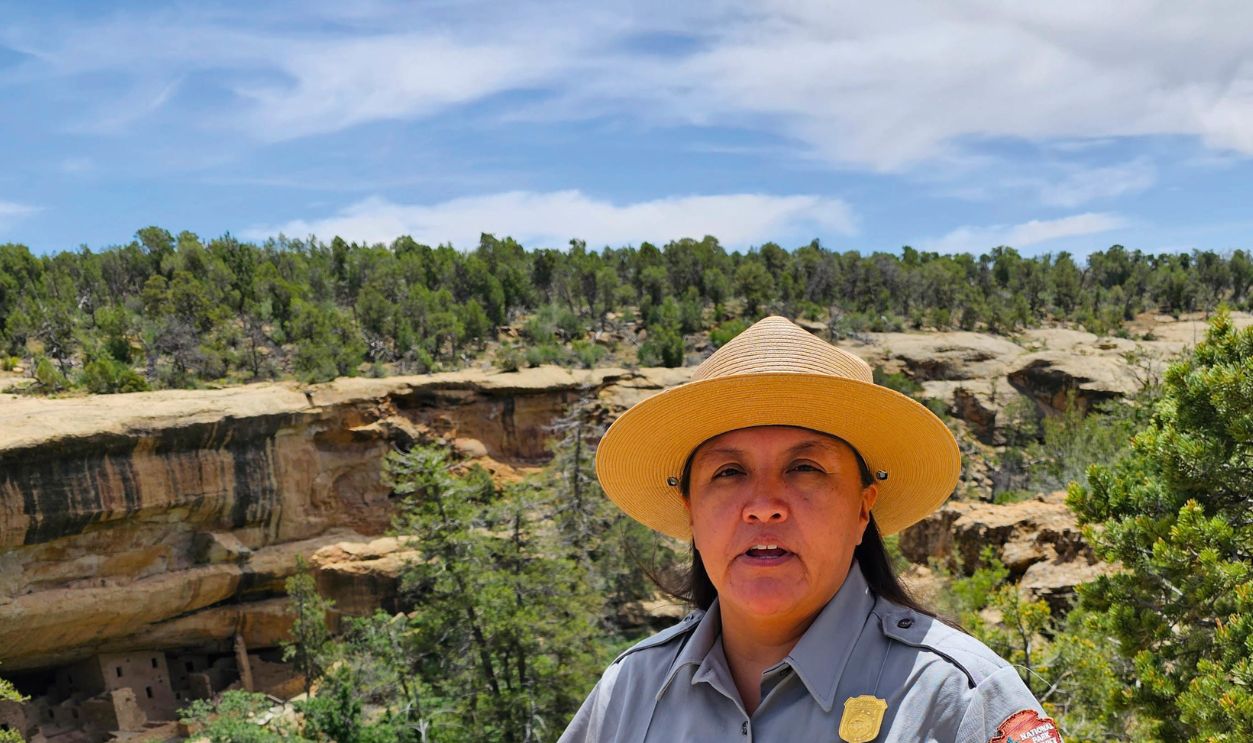
Cahokia Mounds: Illinois
Just imagine standing atop an earthen pyramid rising 100 feet above the Mississippi floodplain, gazing across a prehistoric metropolis that once rivaled London in size. This was Cahokia at its peak around 1100 CE, home to an estimated 10,000–20,000 people.
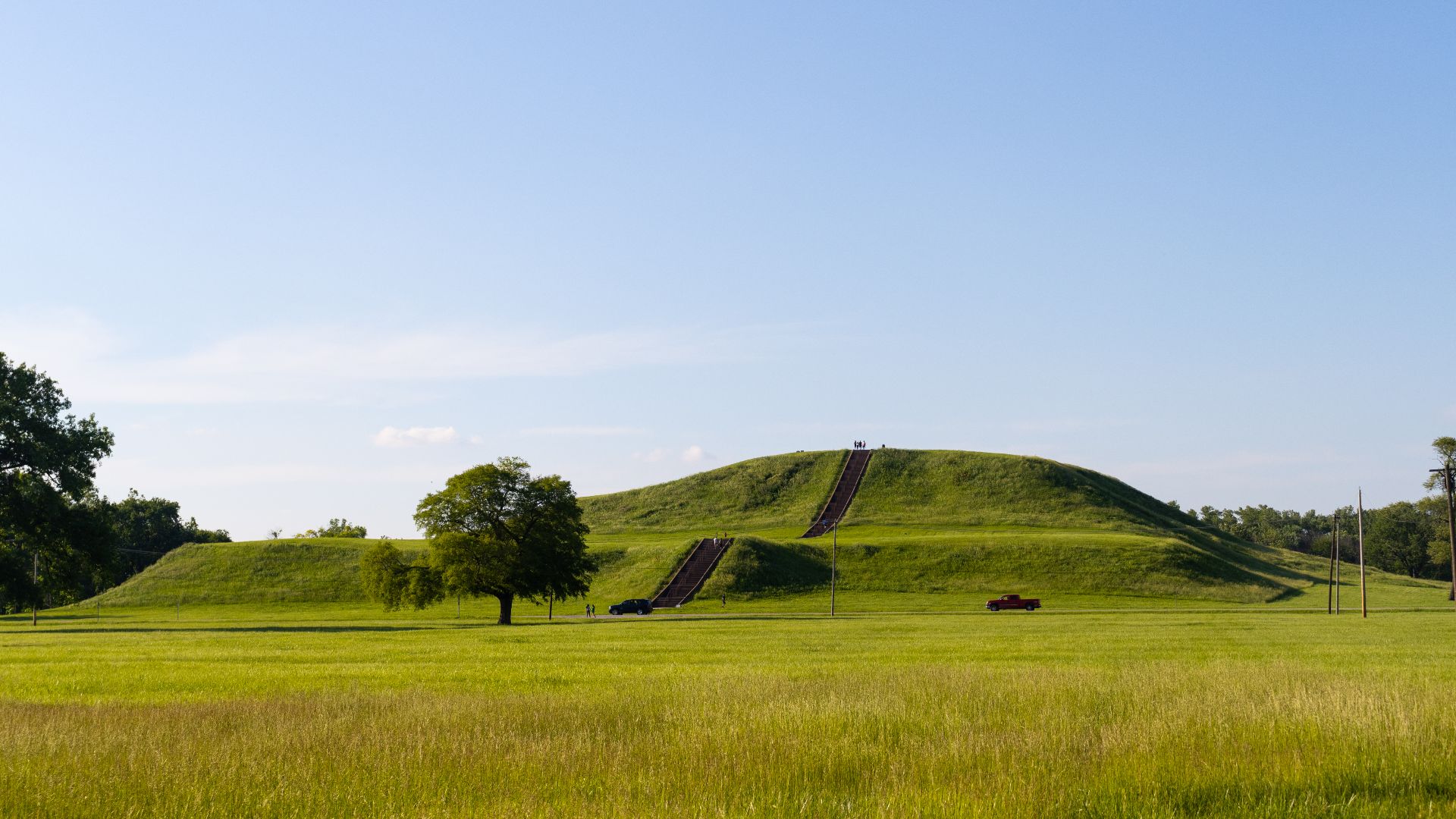 Skubasteve834, Wikimedia Commons
Skubasteve834, Wikimedia Commons
Cahokia Mounds: Illinois (Cont.)
The ambitious scale of Monk's Mound, requiring 14 million baskets of soil, speaks to Cahokia's sophisticated social organization. Archaeologists have identified over 120 mounds, a 50-acre grand plaza, and evidence of astronomical observatories aligned with solar solstices.
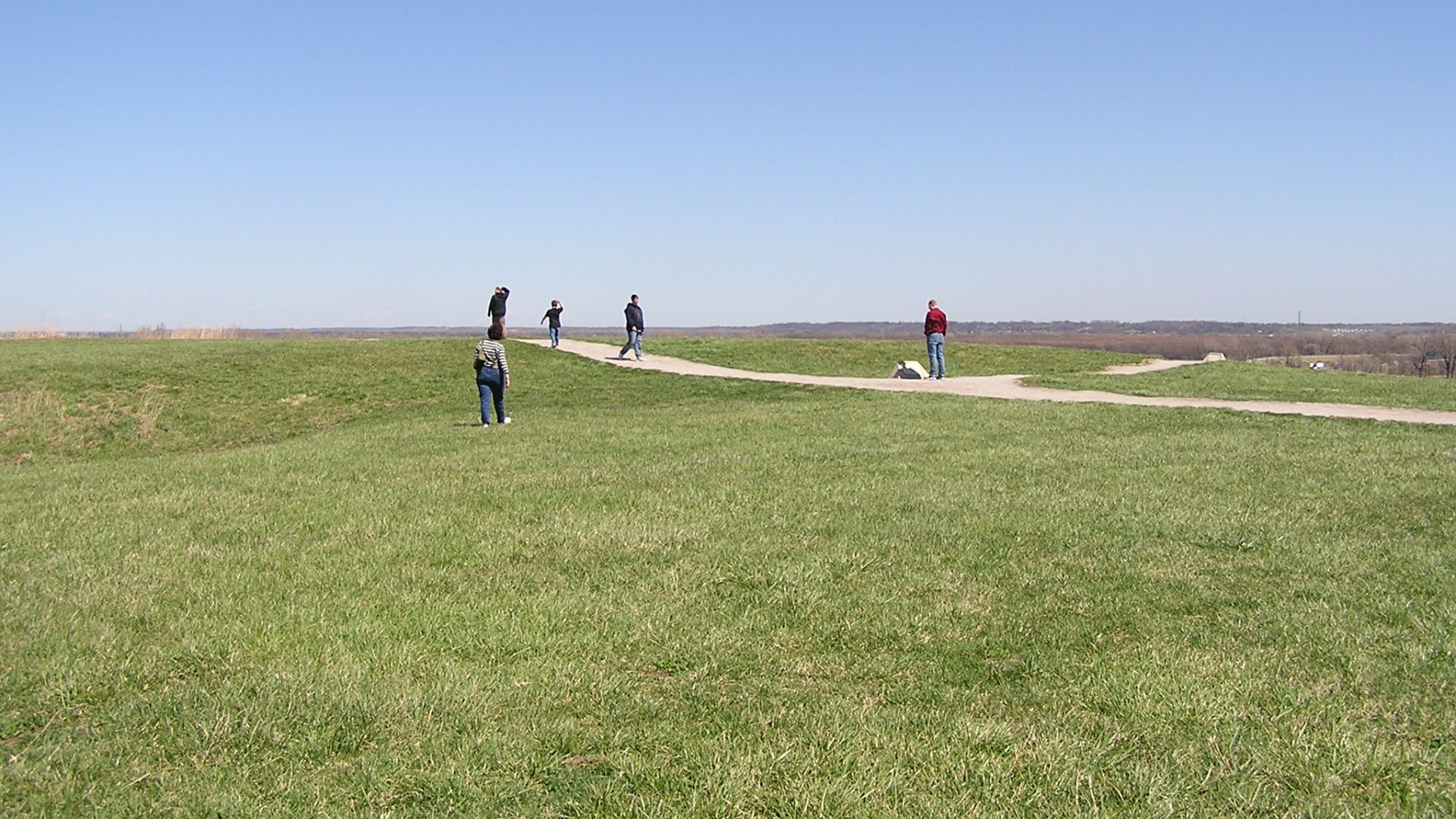 Wisconsin Denizen, Wikimedia Commons
Wisconsin Denizen, Wikimedia Commons
Knife River Indian Villages: North Dakota
Centuries before Lewis and Clark encountered Sacagawea here, the Knife River villages were thriving centers of Plains Indian culture. These earthlodge settlements, home to Hidatsa and Mandan peoples, served as important hubs in a vast indigenous trade network stretching from the Gulf of Mexico to Canada.
Poverty Point: Louisiana
How did hunter-gatherers without agriculture, metal tools, or beasts of burden manage to move nearly 2 million cubic yards of earth? That's the enduring mystery of Poverty Point, where a sophisticated society created massive C-shaped earthen ridges and mounds spanning 910 acres around 1500 BCE.
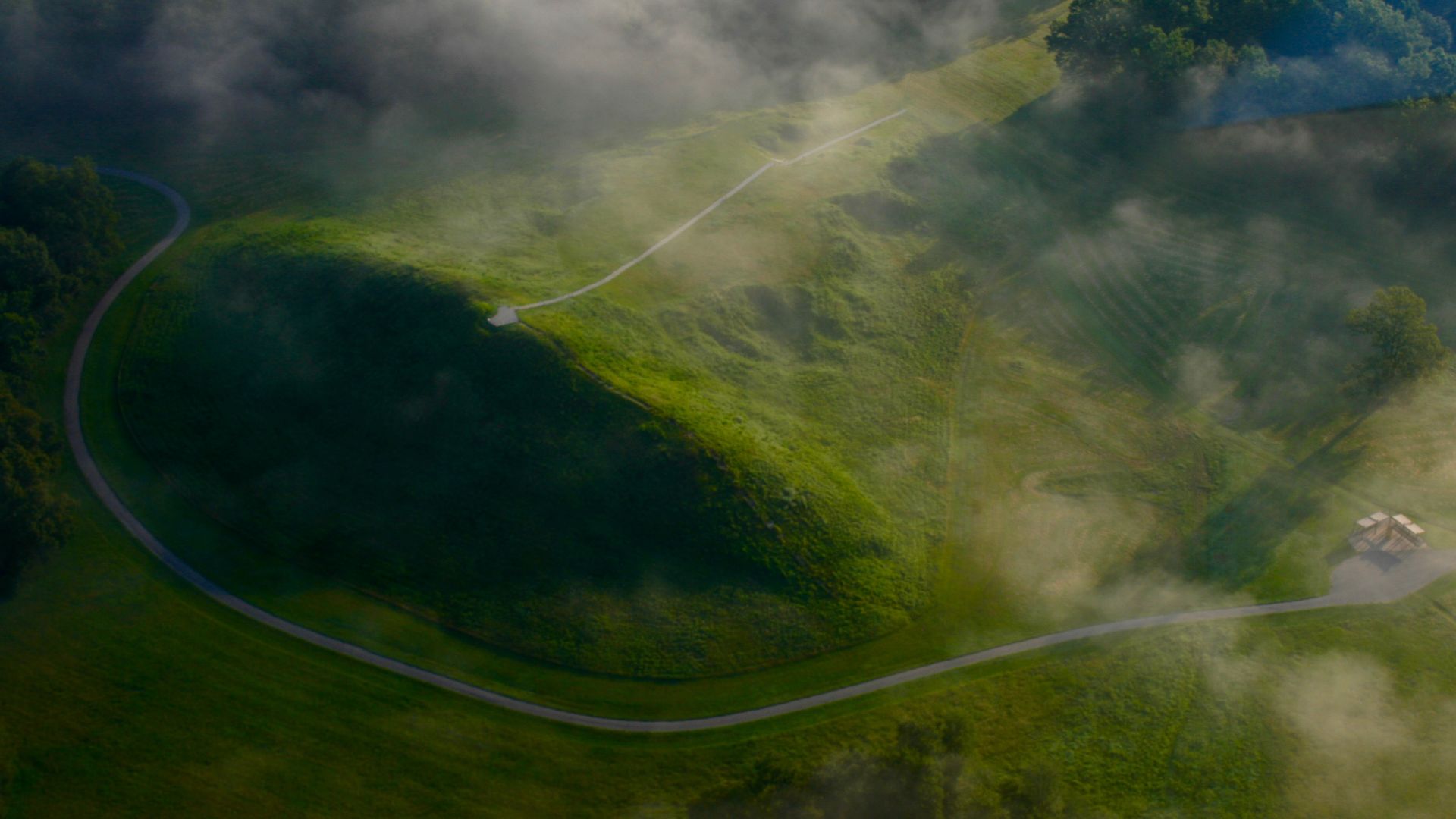 Jennifer R. Trotter, Wikimedia Commons
Jennifer R. Trotter, Wikimedia Commons
Poverty Point: Louisiana (Cont.)
The engineering knowledge required for such precise construction has revolutionized our understanding of prehistoric America. Titled a UNESCO World Heritage Site in 2014, Poverty Point features six concentric earthen ridges and five mounds, with the largest covering three acres and rising 72 feet.
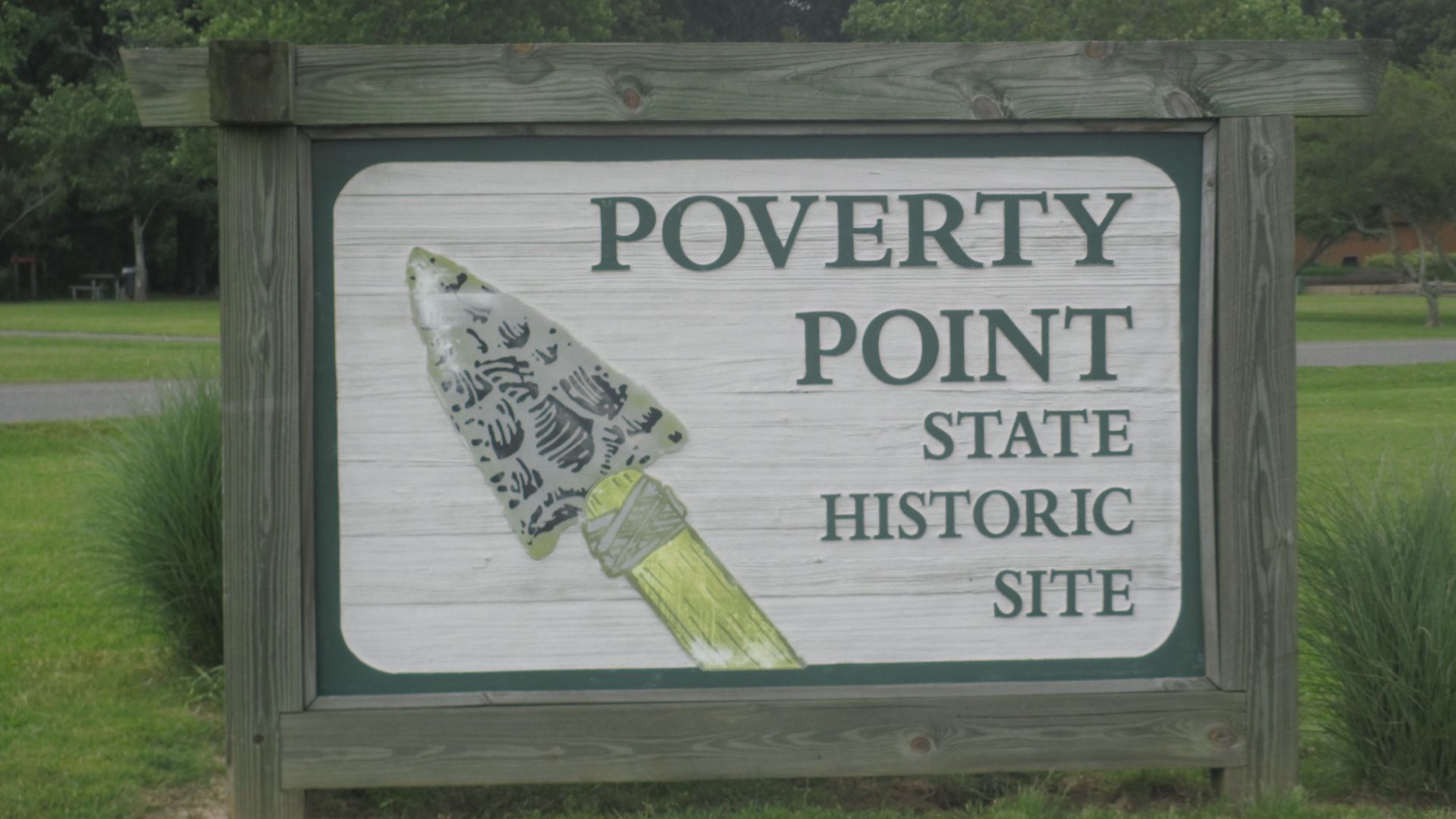 Billy Hathorn, Wikimedia Commons
Billy Hathorn, Wikimedia Commons
Watson Brake: Louisiana
Predating both Egyptian pyramids and Stonehenge, Watson Brake quietly rewrote American archaeology when radiocarbon dating revealed its true age. This complex of eleven earthen mounds connected by ridges was constructed beginning around 3500 BCE by hunter-gatherers, making it the oldest known mound complex in North America.
Watson Brake: Louisiana (Cont.)
Until Watson Brake was dated correctly in the 1990s, conventional wisdom held that monumental architecture required agricultural societies with hierarchical leadership. The hunter-gatherer society that created this 280-yard-diameter oval arrangement of mounds had accomplished what was thought to be impossible.
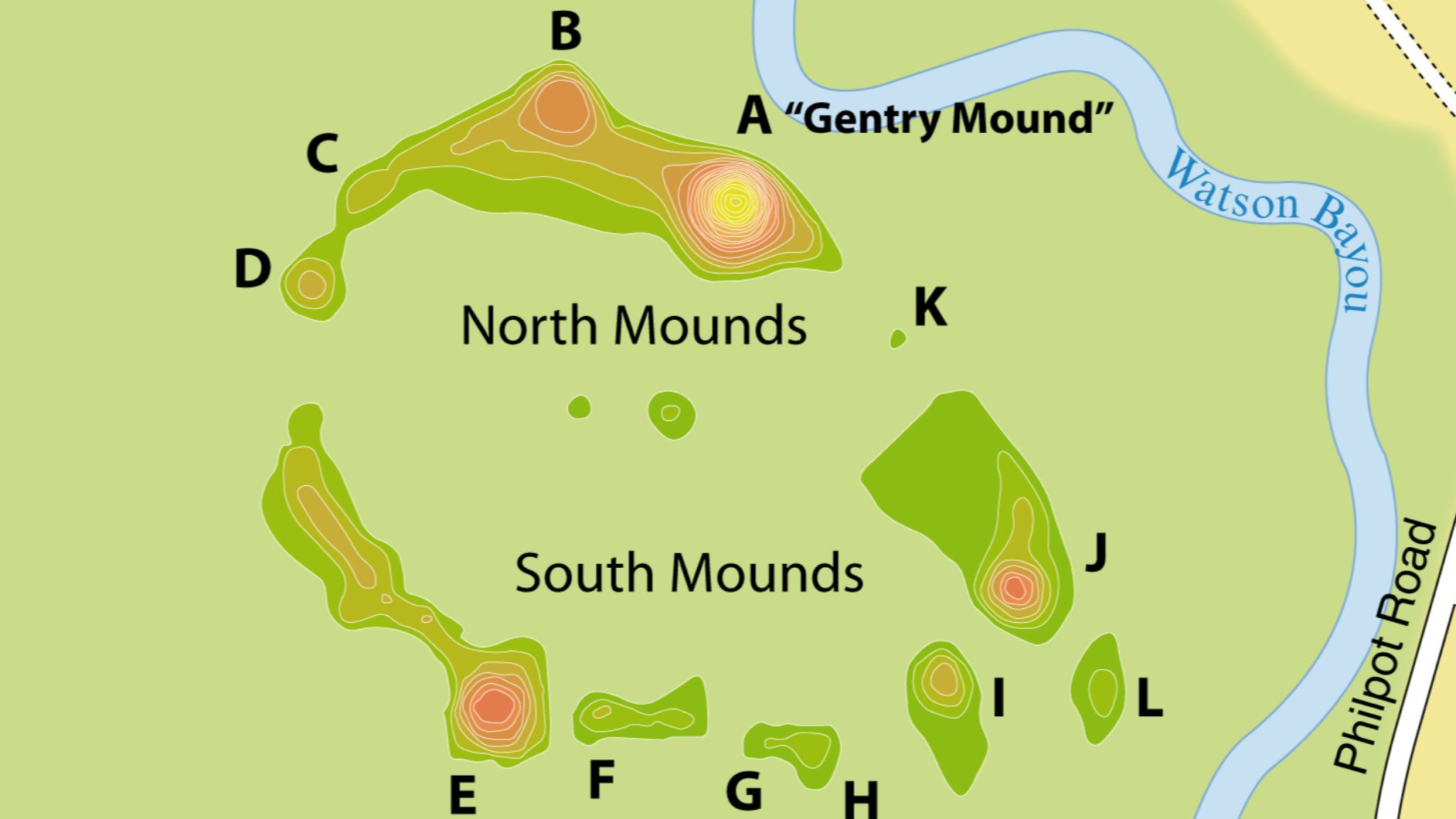 Maximilian Dorrbecker (Chumwa), Wikimedia Commons
Maximilian Dorrbecker (Chumwa), Wikimedia Commons
Mesa Verde: Colorado
The first Spanish explorers called them "green table" mountains, but what makes Mesa Verde extraordinary isn't the landscape; it's what's placed beneath the towering sandstone cliffs. Nearly 600 remarkably preserved cliff dwellings stand as silent witnesses to the ingenuity of Ancestral Puebloan architects.
Mesa Verde: Colorado (Cont.)
Built directly into natural alcoves, structures like the iconic 150-room Cliff Palace showcase sophisticated masonry techniques using sandstone, mortar, and wooden beams. Drought, resource depletion, and social pressures likely contributed to its mysterious exodus, with residents migrating southward to establish communities.
Hopewell Culture National Historical Park: Ohio
Those geometric earthworks at Hopewell—squares, circles, and octagons spanning up to 1,000 feet across—have consistently astonished surveyors since the 18th century. Constructed between 200 BCE and 500 CE, these massive ceremonial complexes required extraordinary mathematical precision, given the absence of modern tools.
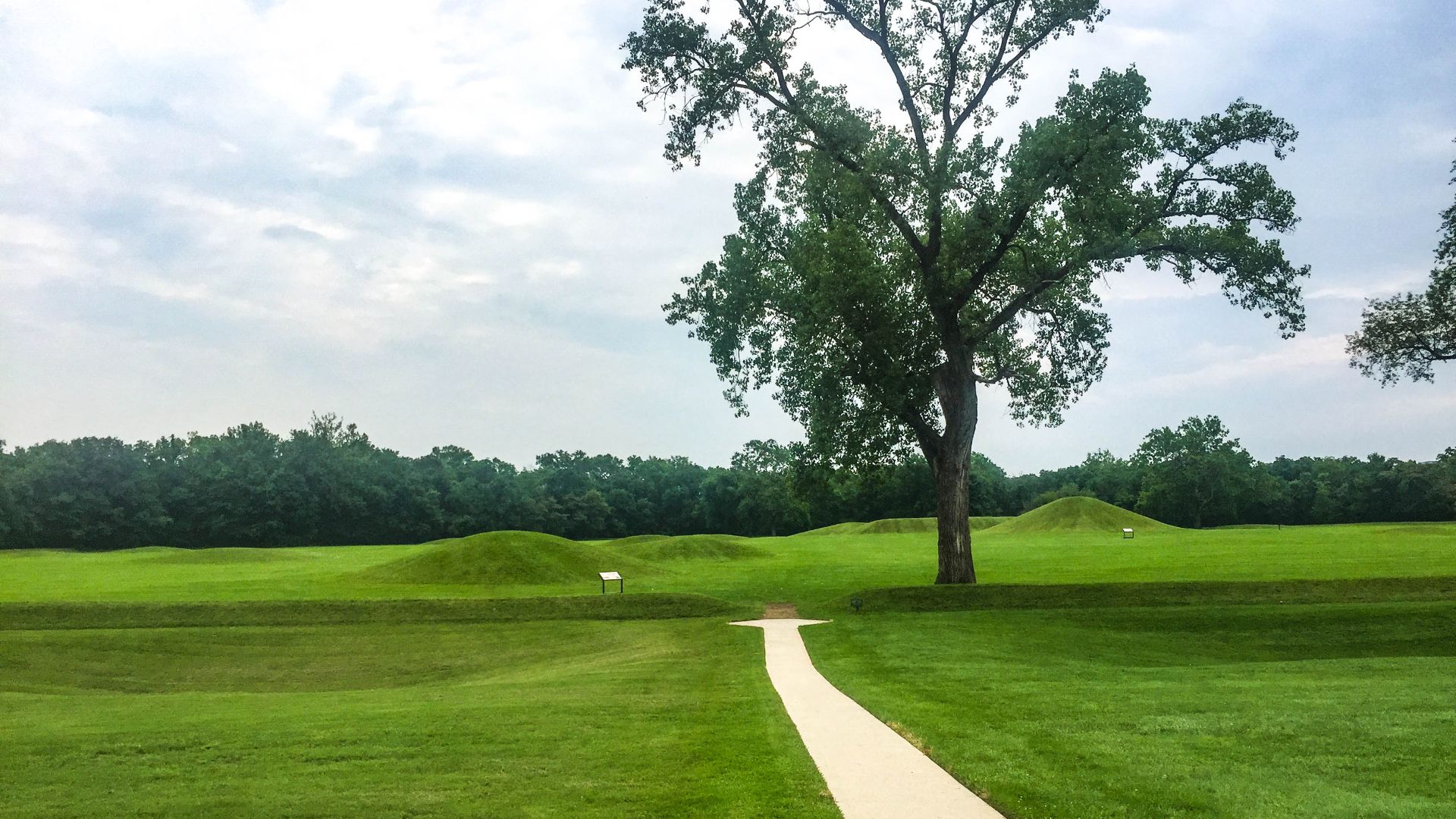 Victoria Stauffenberg, Wikimedia Commons
Victoria Stauffenberg, Wikimedia Commons
Chaco Canyon: New Mexico
The astronomical knowledge embedded in Chaco Canyon's architecture is nothing short of extraordinary. Buildings align perfectly with solstice and lunar standstill positions, suggesting a deep understanding of celestial movements that guided this ancient society's rituals and daily life between 850 and 1250 CE.
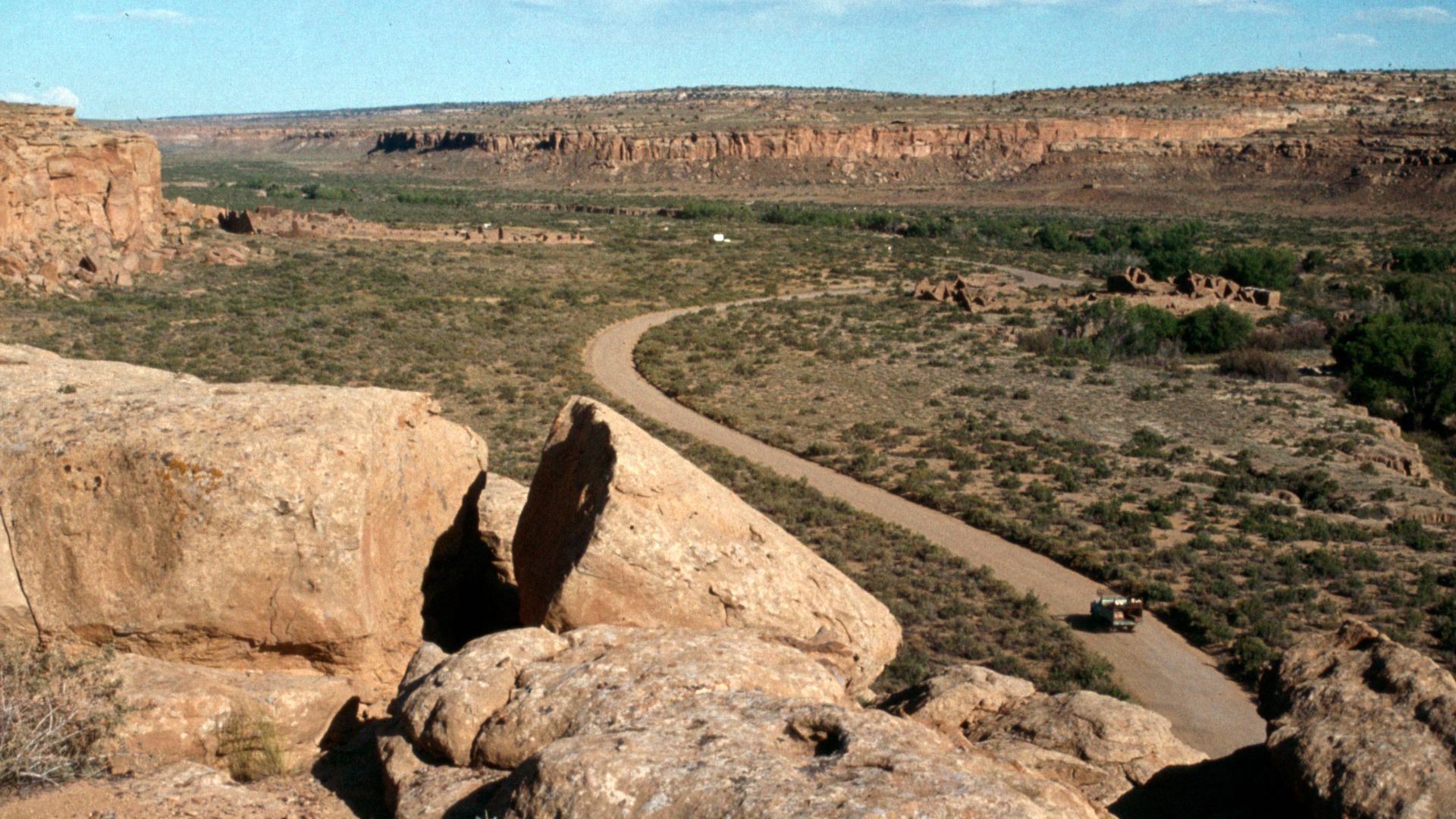 Gerd Eichmann, Wikimedia Commons
Gerd Eichmann, Wikimedia Commons
Chaco Canyon: New Mexico (Cont.)
Chaco is at the center of an extensive prehistoric road network spanning over 400 miles across the desert Southwest. The site's great houses, massive multi-story structures like Pueblo Bonito with its 600+ rooms, represent some of the most significant buildings in North America until the 19th century.
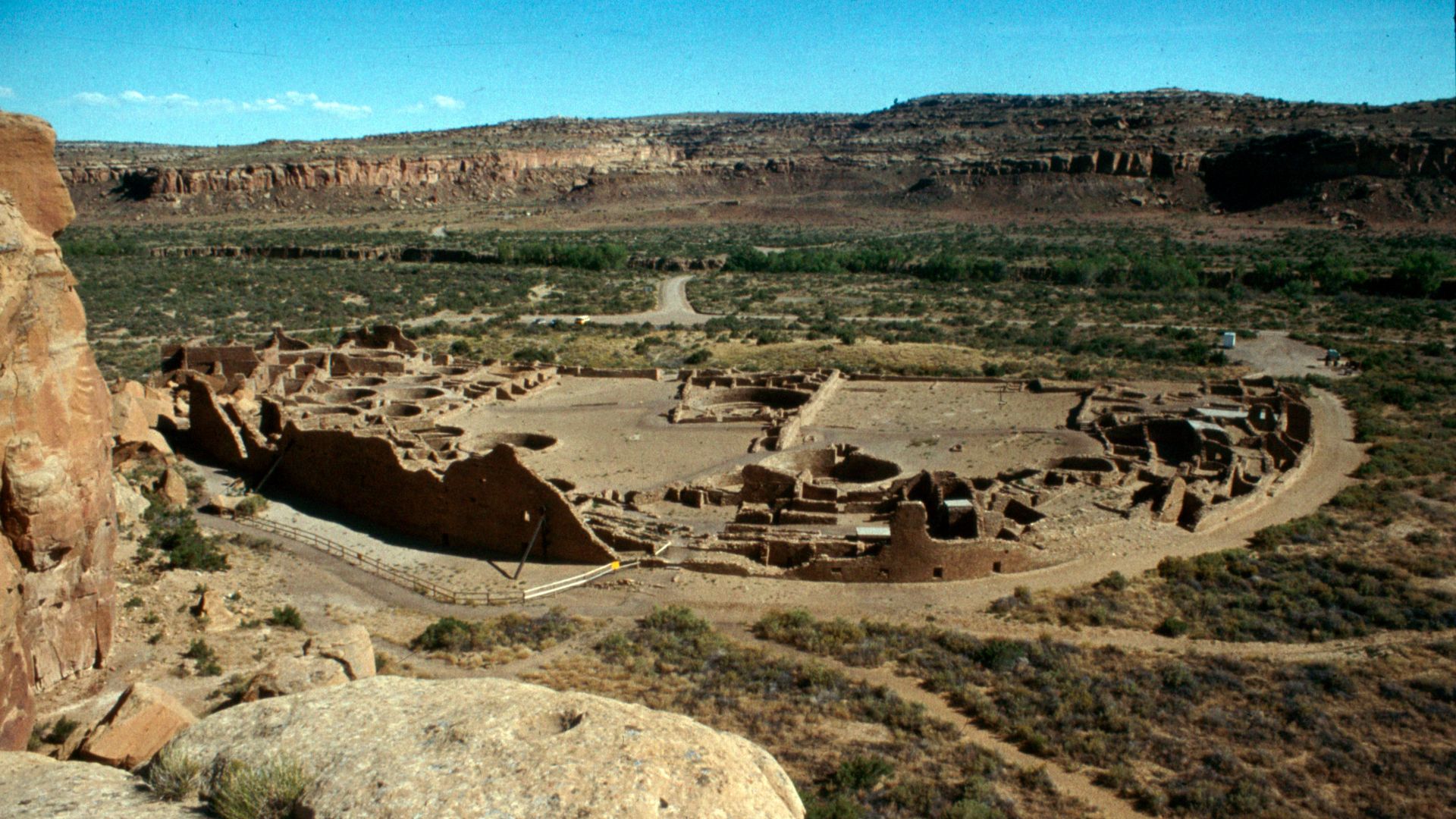 Gerd Eichmann, Wikimedia Commons
Gerd Eichmann, Wikimedia Commons
Meadowcroft Rockshelter: Pennsylvania
When Albert Miller discovered a flint knife in a groundhog burrow on his farm in 1955, he had no idea he had stumbled upon evidence that would fundamentally alter our understanding of human migration into the Americas. This unassuming rock shelter is located in southwestern Pennsylvania.
Meadowcroft Rockshelter: Pennsylvania (Cont.)
It has preserved an astonishing 16,000–19,000 years of continuous human habitation. Radiocarbon dating of the site's deepest layers sparked intense debate among archaeologists, challenging the long-held "Clovis First" theory that humans arrived in the Americas around 13,000 years ago.
Serpent Mound: Ohio
The sinuous form of a giant serpent, its mouth open wide as if to swallow an egg, stretches across the hilltop in Adams County, Ohio. At 1,348 feet long, Serpent Mound is the biggest surviving prehistoric effigy mound in the world, its purpose still shrouded in mystery.
Serpent Mound: Ohio (Cont.)
Constructed between 1000 BCE and 1070 CE (the exact date remains contested), this earthwork aligns with solar and lunar events, suggesting sophisticated astronomical knowledge. The identity of its builders remains enigmatic—was it the Adena culture, the Fort Ancient people, or another group altogether?
Etowah Mounds: Georgia
Rising 63 feet above the floodplain of Georgia's Etowah River stands living proof of the power and artistry of Mississippian culture. From this towering platform, chiefs once surveyed their domain and conducted elaborate ceremonies that bound together a society of thousands between 1000 and 1550 CE.
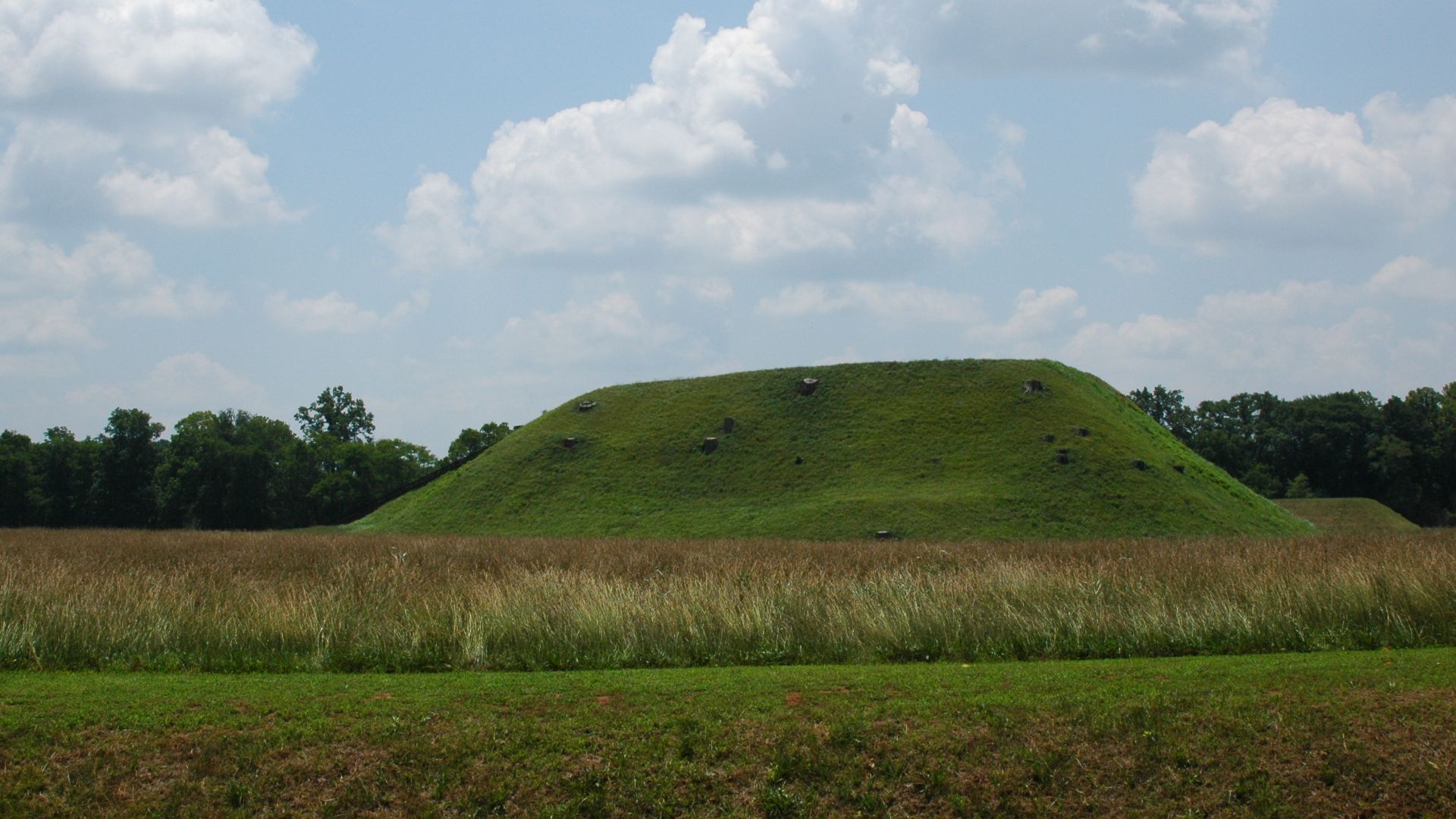 Torqtorqtorq, Wikimedia Commons
Torqtorqtorq, Wikimedia Commons
Etowah Mounds: Georgia (Cont.)
Remote sensing technologies have revealed that what visitors see today—three massive earthen mounds—is merely the ceremonial heart of what was once a busy prehistoric city. Using magnetometers and ground-penetrating radar, archaeologists have identified 140 buildings and a sophisticated palisade defense system.
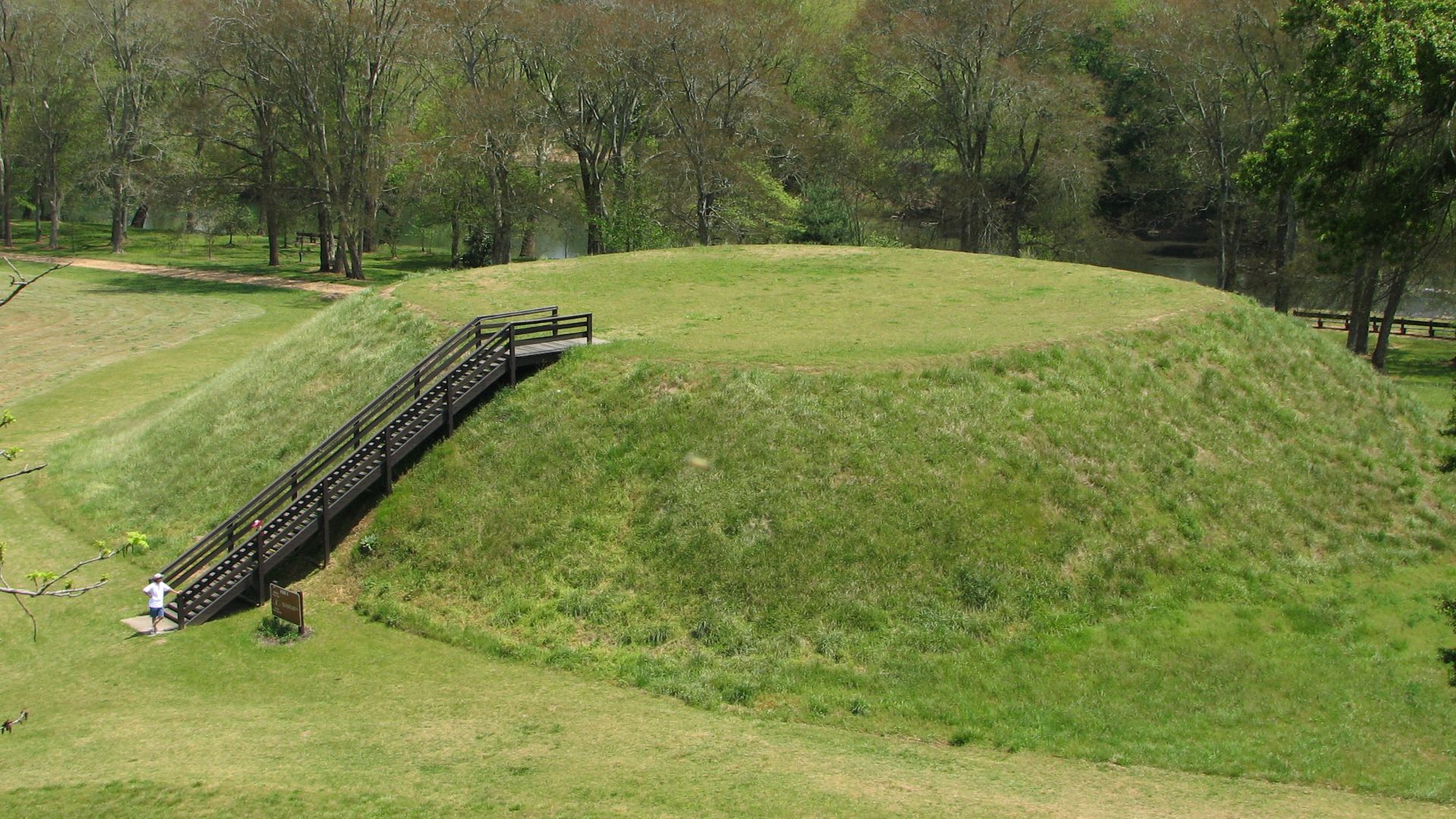 Kare Thor Olsen, Wikimedia Commons
Kare Thor Olsen, Wikimedia Commons
Hovenweep: Utah/Colorado
These ancient timekeepers, constructed by Ancestral Puebloans, demonstrate how closely these people observed and integrated celestial cycles into their architecture and daily lives. The name "Hovenweep"—meaning "deserted valley" in the Ute/Paiute language—captures the hauntingly beautiful scenario where six prehistoric villages span the Utah-Colorado border.
Gila Cliff Dwellings: New Mexico
Situated within five natural caves carved into the canyon walls of southwestern New Mexico, the Gila Cliff Dwellings offer a stunning glimpse into Mogollon culture and adaptation. Built around 1280 CE, these 42-room structures feature distinctive T-shaped doorways suggesting cultural exchange with northern Ancestral Puebloans.
Ocmulgee Mounds: Georgia
Spanning an astonishing 17,000 years of continuous human habitation, Ocmulgee contains traces of Ice Age hunters, Woodland period mound-builders, and Mississippian temple complexes. The site's reconstructed earthlodge has a bird-shaped clay floor and 47 seats arranged around a central fire pit.
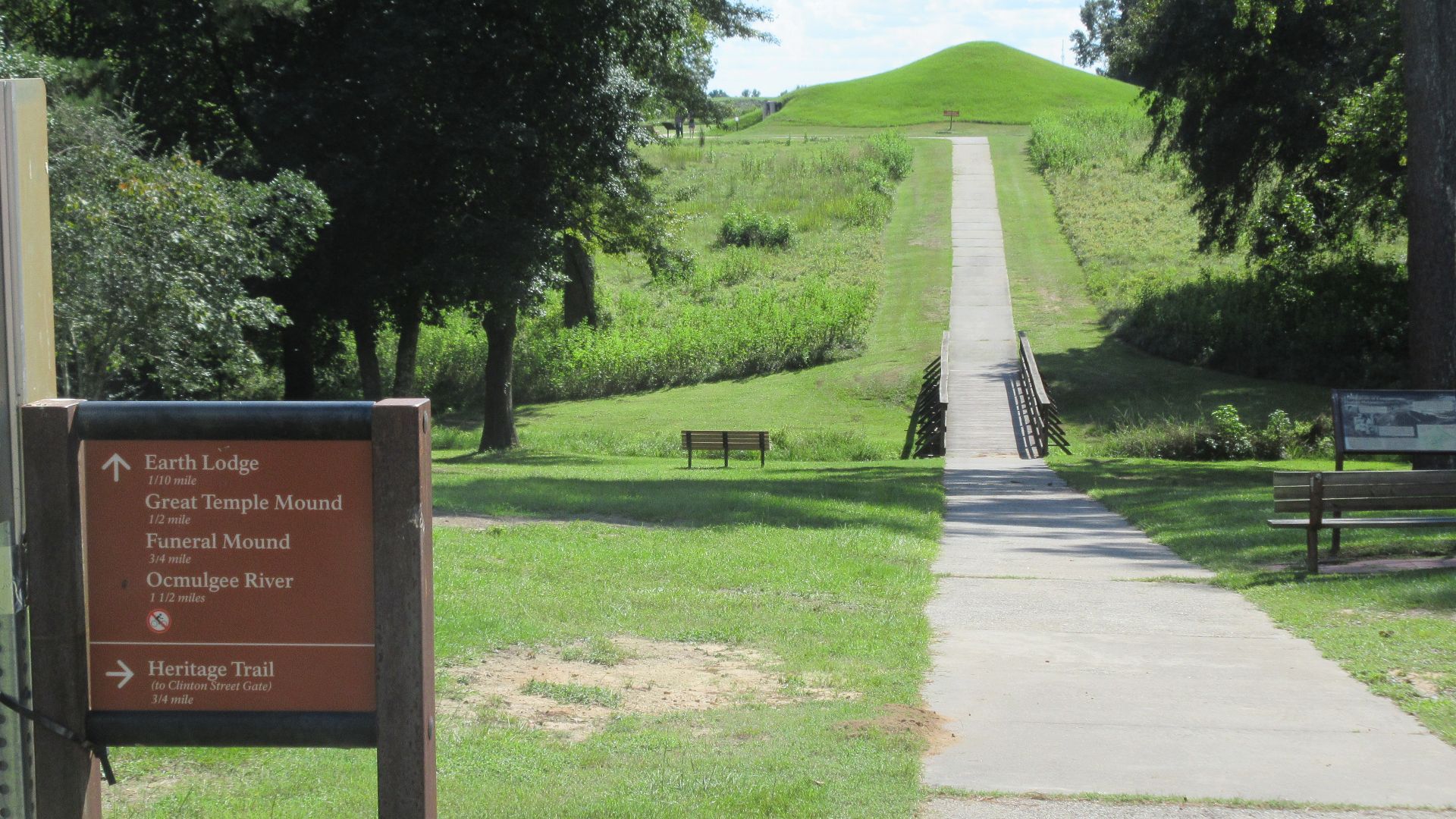 Infrogmation, Wikimedia Commons
Infrogmation, Wikimedia Commons
Canyon De Chelly: Arizona
Red sandstone cliffs rising 1,000 feet shelter some of the best-preserved ancient dwellings in the Southwest. Canyon de Chelly's archaeological significance lies not only in its Ancestral Puebloan ruins, such as White House, but also in its status as one of North America's longest continuously inhabited areas.
Tikal, Guatemala
Tikal, located in northern Guatemala, is one of the largest and most important archaeological sites of the ancient Maya civilization. Occupied from as early as 600 BCE, it flourished during the Classic Period (200–900 CE).
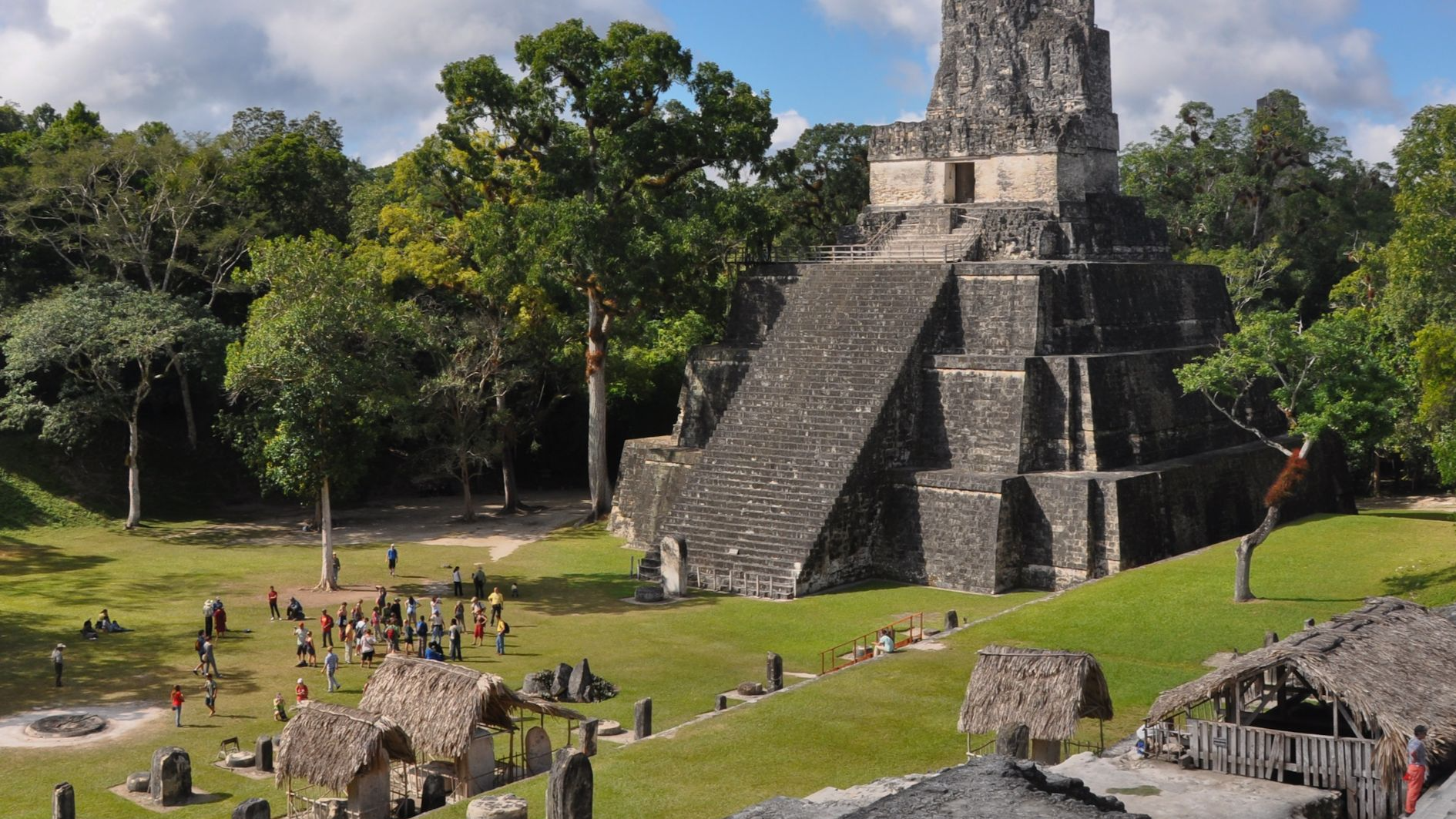 Mike Vondranderivative work: MrPanyGoff, Wikimedia Commons
Mike Vondranderivative work: MrPanyGoff, Wikimedia Commons
Tikal, Guatemala (Cont.)
The site features towering pyramids, palaces, and ceremonial plazas set within dense rainforest. Tikal was a major political, economic, and religious center, with evidence of complex trade networks and advanced astronomical knowledge. Today, it is a UNESCO World Heritage Site.

